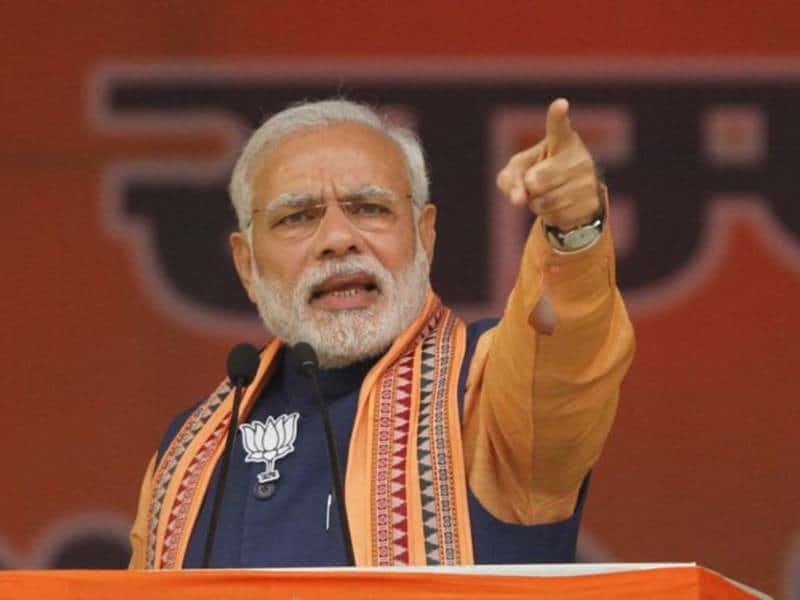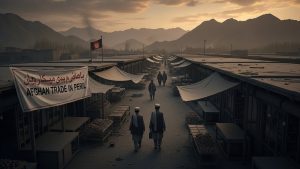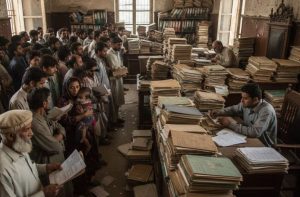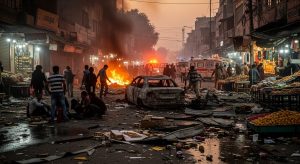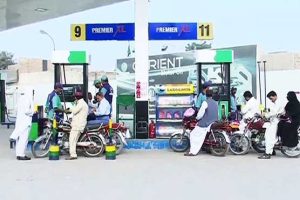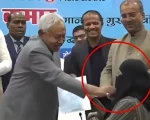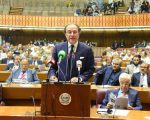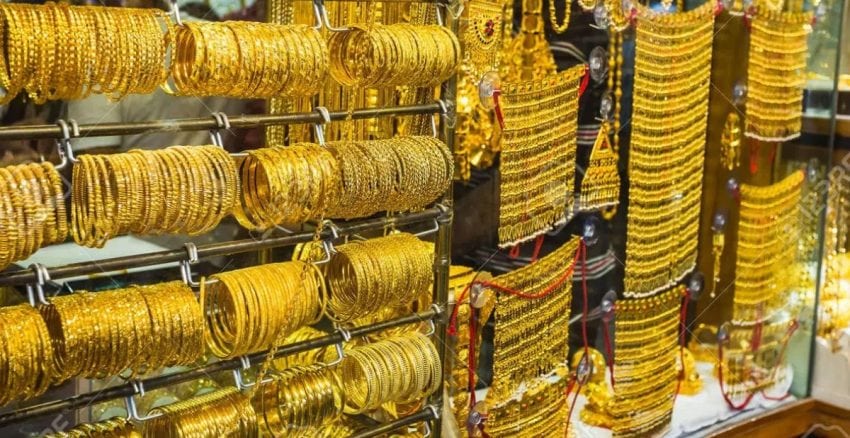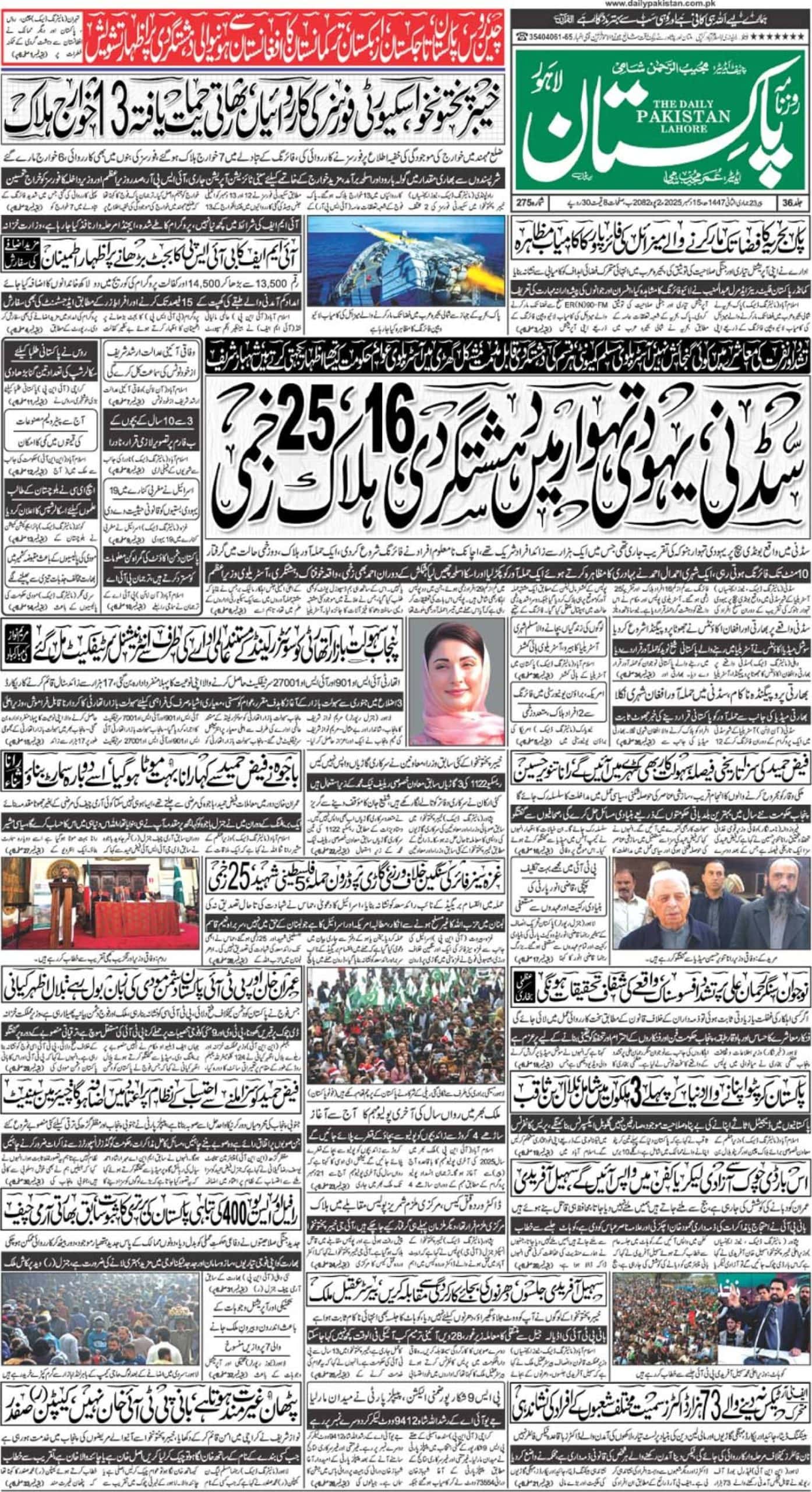Watching India today, the supposed “world’s largest democracy,” evokes a profound sense of alarm. The space for freedom and pluralism feels systematically dismantled. The recent attack in Pahalgam, Kashmir, registers as a deeply unsettling event, raising serious questions among critical observers. It’s difficult to escape the view that this wasn’t random violence, but potentially a politically motivated false flag operation, calculated to fuel a specific narrative that bolsters Modi and the BJP, justifying their iron grip – a narrative many Indians fundamentally do not agree with.
The media storm unleashed has been frankly terrifying. Leading outlets have engaged in war-mongering and whipped up jingoism at an unprecedented scale, pushing people towards suspicion and anger, particularly towards Pakistan. This isn’t just reporting; it’s fanning flames. This media pressure appears to be forcing the BJP into taking risky actions, effectively pushing themselves into a corner from which retreat seems difficult. The ultimate cost of this unchecked jingoism will be devastatingly high for the ordinary Indian people, who will bear the brunt through a fractured society, a strained economy, and the erosion of governance.
And amidst all this, you have to think about the immense pressure on India’s Muslim citizens. It’s a deeply distressing situation; it feels like they are truly being targeted. This isn’t just about occasional bad moments anymore – it seems like a deliberate, ongoing effort to make people feel fundamentally unsafe, like outsiders in their own country. Imagine navigating daily life under the shadow of discriminatory laws, feeling invisible when policies are made, or living with the fear that violence against your community might simply be ignored. All while constantly being singled out, blamed, labelled as the ‘other’ to fuel this idea of a ‘Hindu-first’ nation. There is growing evidence of state-sanctioned intolerance as the government tightens the noose, while the world watches largely in silence.
To understand India now, maybe we need to remember its past wasn’t a single story. Before 1947, if you travelled across that land, you wouldn’t have been in one ‘State of India.’ You’d have passed through maybe hundreds of different realms – historians count around 526 ‘princely states’ – each a unique entity scattered across that huge area. The ‘State of India’ that emerged in 1947 has, arguably, struggled ever since to truly become a cohesive ‘Nation’. Now, Modi appears determined to forcibly mold India into a singular ‘Hindu Nation’, a vision that ignores its diverse past and present. This vision is rejected by many, especially minorities and dissenting groups, who feel increasingly marginalized.
History will undoubtedly document the Modi era, but the legacy appears increasingly dark. Key figures driving this transformation are Ajit Doval and Amit Shah. Their roles in shaping security and internal policy have been pivotal in engineering an India where dissent is punished and minorities face persecution. The trajectory suggests that history may well record Doval and Shah much like infamous figures from authoritarian regimes of the past, such as Himmler or Heydrich of Nazi Germany, embodying the ruthless exercise of power.
Furthermore, free speech in India today is severely curtailed, almost non-existent for critics. This is blatantly evident from the chilling crackdown on moderate voices, journalists, and activists. Those who dare question the government face intimidation, arrest, or worse. Dissent, the lifeblood of democracy, is treated like a crime. The lights of free expression have effectively been extinguished for many.
Observing this, the picture is starkly negative. The state appears determined to silence critics, rewrite history, and marginalize minorities. Short-term political wins seem prioritized over the nation’s soul and long-term stability. This path, paved with aggressive nationalism, intolerance, and authoritarianism, is dangerous. It leads towards a future that looks broken, isolated, and dangerously weakened.
Whether India can alter this course remains uncertain. But right now, the leadership seems committed to steering the nation down a dark road towards a tragically fractured destination.

